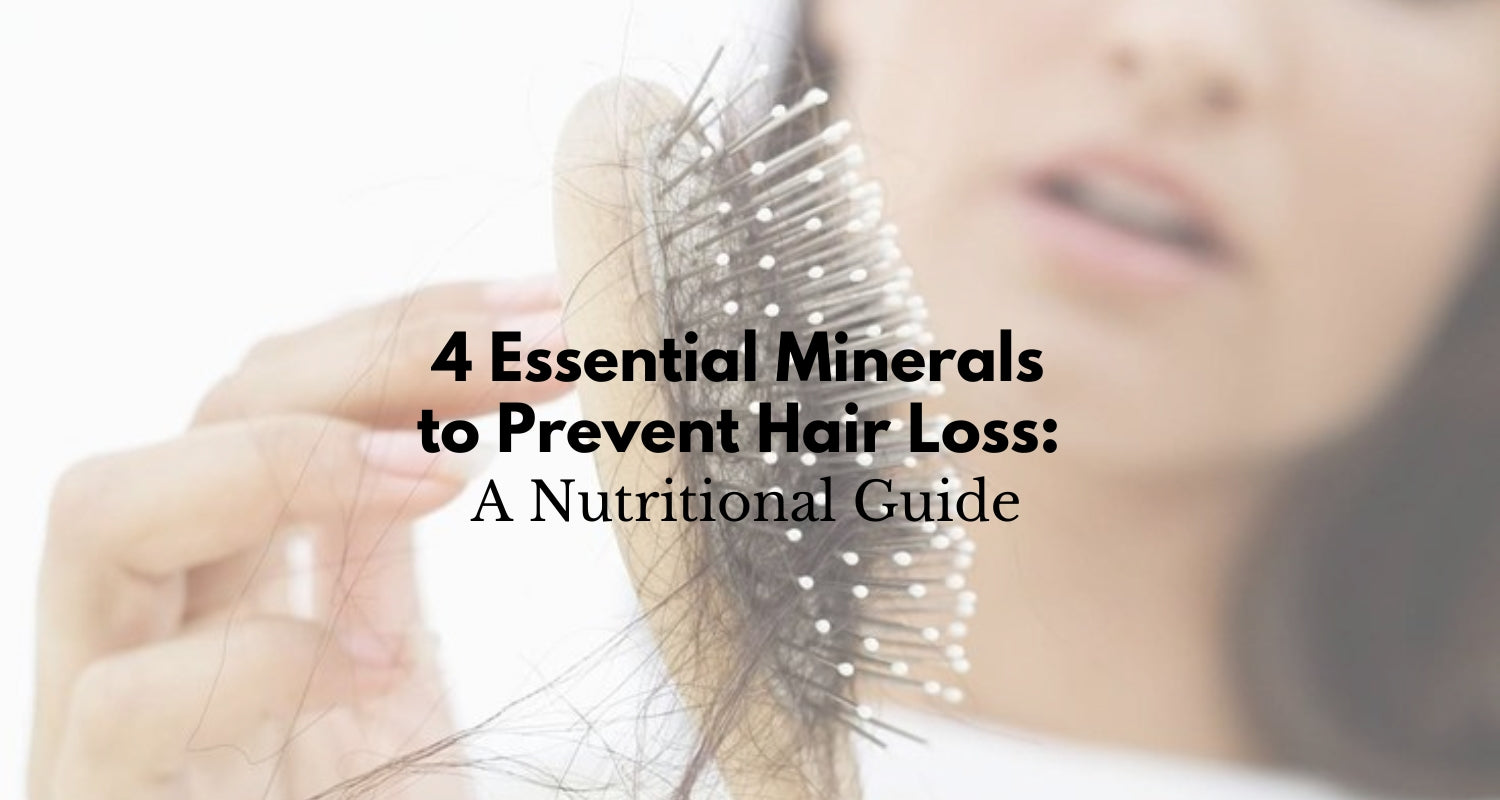
Retinoids: Facts and Fiction
Retinoids, a family of molecules most people know as Vitamin A, are highly effective anti-aging and anti-acne ingredients. I have personally witnessed dramatic improvements in blemished skin, wrinkles and fine lines, and lightening of age spots, results that have been corroborated by many decades of scientific research and dozens of clinical studies. Yet, still, the myths surrounding these Vitamin A derivatives abound. With that in mind, I want to clear up any confusion so you can use this superstar ingredient to its full advantage for firmer, smoother and more glowing skin.
The Myth: All Vitamin A derivatives starting with the letters "Ret" are the same.
The Truth: Prescription creams such as Retin-A and Renova are formulated with Retinoic Acid (brand name Tretinoin). It is considered 100 times more potent than non-prescription Retinol, thus much more effective and potentially more irritating. Off-the-shelf Retinol is less likely to cause skin reactivity but is also less powerful than its prescription counterpart, so you’ll need higher concentrations of it to achieve results. Derivatives, such as Retinyl Palmitate and Retinyl Acetate, need to be processed by skin enzymes before they can be active and achieve most of their effects by superficial skin softening. They are, however, the most gentle forms of Vitamin A, even though they are the least likely to provide meaningful benefits.
The Myth: As long as a product has Retinol, you’ll get great results.
The Truth: To achieve the most noticeable effects in the least amount of time, you need to use products with higher concentrations (ideally over 2.0%) of Retinol, which can be costly for manufacturers and increase the potential for irritating skin. This is why most “Retinol” products contain only trace or slightly higher (0.1% to 0.5%) amounts of this active ingredient, which means you are getting only the sizzle of Retinol without the steak and might have to wait up to 12 weeks to see any sort of advantages.
The Myth: Retinoids are major irritants.
The Truth: While Retinoids do have some irritation potential, in my experience with thousands of patients, I have found that it is typically the other ingredients in Retinol formulations, such as dyes, fragrances, oils, fillers, emulsifiers, surfactants and preservatives that can cause the inflammation attributed to Retinoids. So it is crucial to use both a potent and pure formulation free of potentially irritating and always unnecessary (at least from a skin health respective) excipients.


